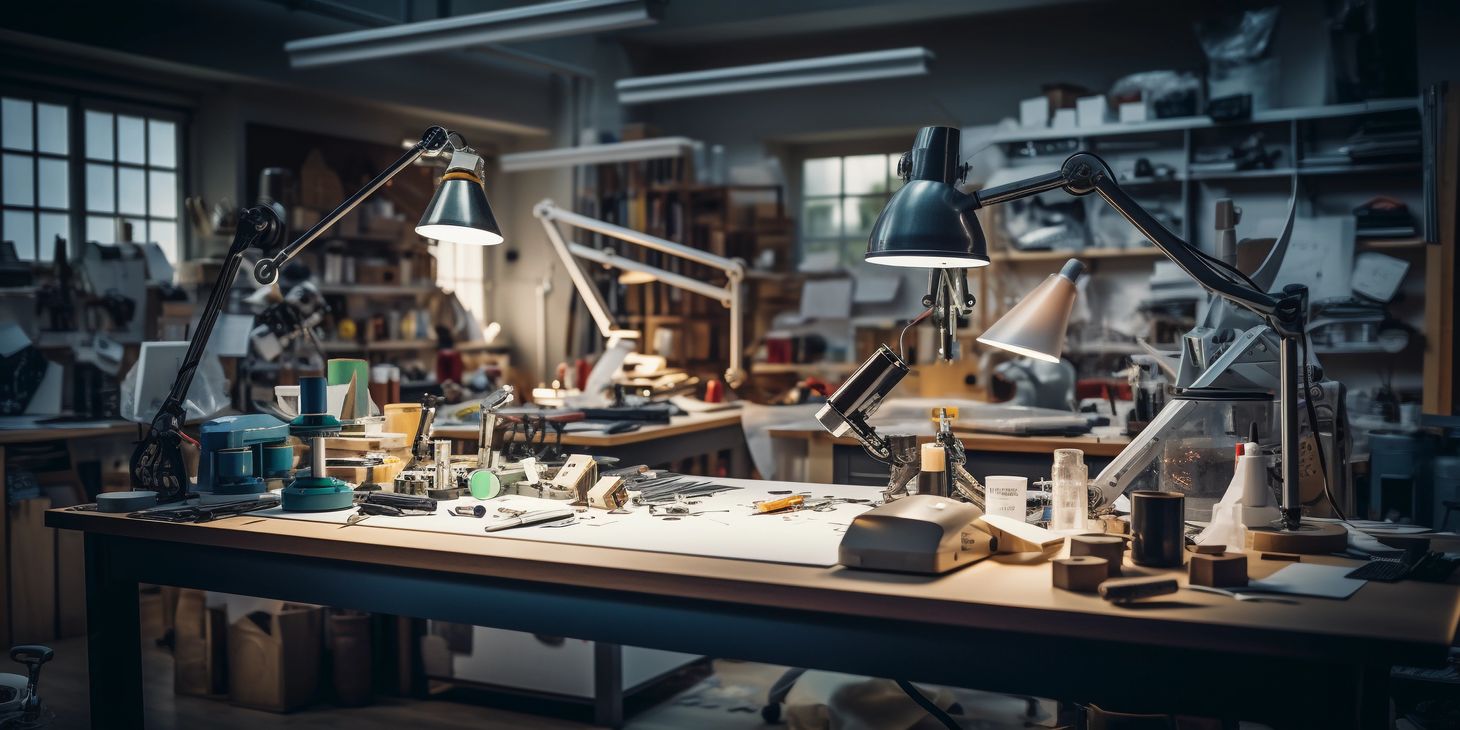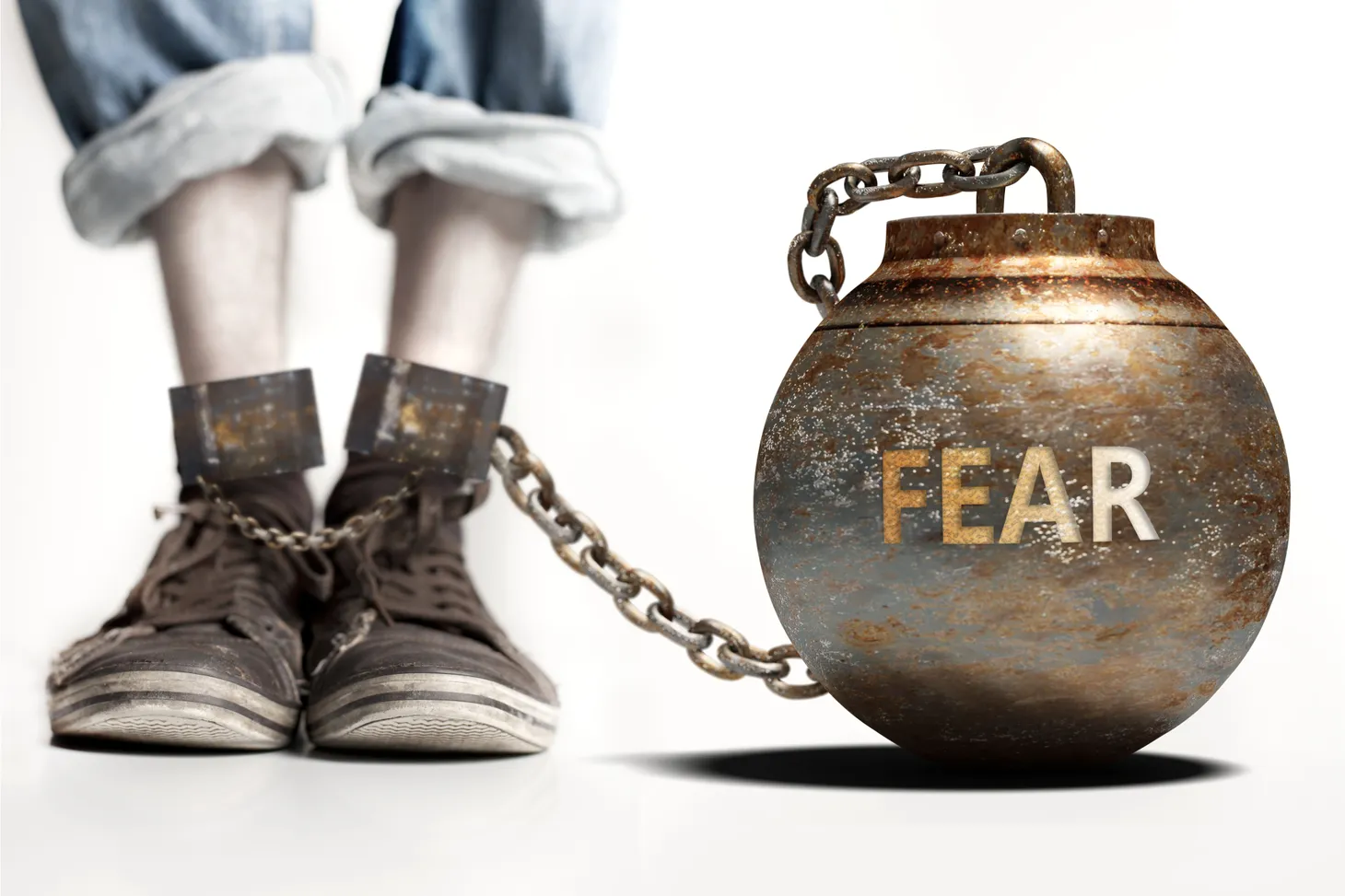The Connection Between Physicality and Creativity
Physicality is essential to personal creativity, offering a deeper understanding and engagement with our ideas. Kids need to build physicality skills through activities such as dance, athletics, gardening, and building activities like LEGOs and model kits.

Many people believe creativity and physicality go hand in hand, as creatives tend to be more hands-on in their approach. However, some may wonder if physicality is essential for creativity to flourish.
Physicality Critical to Creativity?
Physicality is an essential aspect of creativity. When working on an idea, a physical component can add an extra layer of engagement and provide a practical aspect to the creative process. This can help the creator to fully understand their idea and bring it to life in a tangible way. For example, envision an architect sketching out concepts for a new building. While this is a crucial step, there is nothing like putting the pencil down and building a miniature model of the design. This provides more depth and insight into the project and presents an opportunity to address potential issues that may have been overlooked in 2D plans.
However, as new technologies are developed, the definition of physicality needs to be revisited. It is not uncommon for artists and designers to create entire projects using only digital software. With the advancement of technology, ideas can now be brought to life through these mediums alone. While this may seem like a step away from physicality, it is important to note that programs such as 3D modeling and animation still represent a form of physicality. The creator still conceptualizes and brings their ideas into existence using different tools.
Teaching Physicality
Teaching physicality to kids can be done in several ways, depending on their interests. There are many other hobbies and sports that can promote physicality, such as dance, athletics, and gardening. Encouraging children to pursue these activities can help them develop the skills and confidence to engage in hands-on creativity. Additionally, introducing basic building activities such as LEGOs and model kits can help stimulate the imagination and inspire innovative concepts.
Schools play an integral role in exposing kids to hands-on creativity, as they provide essential resources and instruction. With access to shop classes and art programs, students can learn various crafting techniques that will help them bring their ideas to life. They can gain skills such as woodworking and metalworking, which can be used for larger projects like furniture-making and sculpture. Additionally, art classes can provide students with a creative outlet for exploring their ideas in two-dimensional form. These classes are essential to proper education as they help kids develop problem-solving skills and become more familiar with physicality.
Maker Spaces
Unfortunately, many schools have removed shop and art classes from their curriculum, which may be seen as a reflection of society’s diminishing view of the importance of physicality. Without these classes, it can be difficult for kids to receive exposure to building and creating with their hands. This is where programs such as Maker Spaces come into play. These community workshop spaces provide access to materials and resources for tinkering and experimenting. Providing these spaces gives kids more opportunities to learn about and engage in physicality, which is essential to their growth as creative individuals.
Something as simple as the Home Depot DIY Workshop for kids on the first Saturday of every month can expose kids to doing something with their hands. I've taken my grandkids, and they are now comfortable enough to do most of the building, hammering, etc., on their own. This workshop costs nothing and is a great way to expose them to building and physicality.
Research in the Importance of Physicality
Consider the act of moving your body. You may not immediately associate it with sparking creativity, but research suggests otherwise. A study published in Psychological Science reveals that actual physical acts can trigger abstract processes in our brains, helping us overcome mental rigidity and generate new ideas.
You might wonder: why is this the case? As it turns out, certain cognitive functions are muted or suspended when we engage in physical activity. This allows our brain to form connections in ways it typically wouldn't, leading to innovative thinking.
But it's not just any movement that can stimulate creativity. The quality of these movements matters too. According to Nature, the fluidity and originality of our ideas are positively associated with the realization of body movements. So, a graceful dance routine or a mindful yoga session could be just as beneficial for your creativity as a brisk walk or run.
According to a popular post on LinkedIn, engaging in creative activities can boost our immune system. So, not only does physicality fuel creativity, but being creative can also positively affect our physical health.
Conclusion
Physicality undoubtedly play an essential role in creativity. With the advancement of technology, there are more ways than ever to bring ideas to life. However, physicality can provide a deeper understanding and engagement with the creative process. Teaching kids these skills and providing opportunities to engage in physical activities is crucial for their development as well-rounded creative individuals.
The removal of shop and art classes from schools is taking away the opportunity for kids to experience the physicality part of creativity. Programs like Maker Spaces are stepping in to fill the gap, providing resources and workshops for children to learn and experiment with hands-on creativity.




